What's New in Robotics This Week - Jan 06

Posted on Jan 06, 2017 7:00 AM. 11 min read time
CES 2017 (assistant bots steal the show); Robotics and AI predictions for 2017; Moth drives robot car; Rover's 13th anniversary; drones in ag, and much more. Find out what's happening in our robotics universe this week. We hope that the news we have selected will interest and amuse you. Enjoy!
Hottest New CES 2017 Tech: Home Robots (Fox News)
CES 2017 kicked off this week and (at time of writing) domestic robot assistants have been stealing the show.
Artificial intelligence in the home has been making big gains at CES over the last several years, according to the Consumer Technology Association (CTA) in a statement released Tuesday. CTA projects 2017 unit sales for voice-controlled, stand-alone digital assistant devices with a cloud-based operating system -- including Amazon's Echo and Google Home -- to reach 4.5 million units, a 52 percent increase, and reach $608 million in revenue, up 36 percent.
Three such robots have dominated the headlines so far --Kuri (from Mayfield Robotics), Olly (from Emotech), and Aristotle (from Mattel). However, Kuri really seems to have captured the media's imagination.
This Is the First Home Robot You Might Actually Want (Quartz)
Kuri offers four main application areas: surveillance, playing music, facial recognition, and "being adorable."
Mayfield Robotics, the maker of Kuri, has a different approach for a home robot. Rather than controlling internet-connected devices or answering questions about your schedule like the Amazon Echo or Google Home, Kuri’s main mission is to complete simple tasks around the house, like reading bedtime stories to your kids or following you around while playing NPR. It can take videos while running around the home, or see who just came in the door.
Also at CES, LG launched the Hub, which is designed to function as a robot butler. (And a range of service robots for airports.)
As The Verge reported:
Its LG Hub is similar to Amazon’s Alexa, a stationary unit that is controlled by your voice. In fact, it’s powered by the same software running on Alexa. But it has more personality, adding an animated face and swiveling to look at whoever it’s talking to. It looks and feels a lot like the Jibo robot that was unveiled two years ago.
Other worthy mentions include: the Lego Boost, the news that German automaker Audi will use U.S. chipmaker Nvidia's AI platform to bring autonomous vehicles to the road by 2020, and the medical exoskeleton suit revealed by Hyundai:
Predictions for 2017
It's the time of year to make predictions about the next 12 months in robotics and AI.
As Robotiq blog contributor Alex Owen-Hill correctly pointed out in a recent post, the only prediction that really matters is the use that your company will make of robotics in 2017.
Apparently this hasn't prevented a flurry of interesting predictions being made for 2017 however.

In "5 Big Predictions for Artificial Intelligence in 2017," MIT Technology Review identifies positive reinforcement, China's AI Boom, dueling neural networks, language learning, and backlash to the hype as key trends to watch.
In 2017, we are likely to see attempts to apply reinforcement learning to problems such as automated driving and industrial robotics. Google has already boasted of using deep reinforcement learning to make its data centers more efficient. But the approach remains experimental, and it still requires time-consuming simulation, so it’ll be interesting to see how effectively it can be deployed.
Meanwhile, ZD Net's "The future of robotics: 10 predictions for 2017 and beyond," predicts that by 2018, "30 percent of all new robotic deployments will be smart collaborative robots that operate three times faster than today's robots and are safe for work around humans." Other predictions include the rise of 'robots as a service,' emergence of the chief robotics officer, and the arrival of the intelligent RoboNet.
IDC and Innova Research made further predictions for the year ahead, with Innova's primary prediction being accelerating growth for the collaborative robot market. Finally, for at least one writer, the top technology trend of 2017 will "involve connecting all robots."
Watch This Moth Drive a Scent-controlled Car (Science)
Scientists have developed an insect-piloted robotic vehicle that could be used to help scientists build better odor-tracking robots, find disaster victims, detect illicit drugs and explosives, and sense leaks of hazardous materials.
The robotic car’s driver is a silkworm moth (Bombyx mori) tethered in a tiny cockpit so that its legs can move freely over an air-supported ball, a bit like an upside-down computer mouse trackball. Using optical sensors, the car follows the ball’s movement and moves in the same direction. With its odor-sensitive antennae, the moth senses a target smell—in this case, female silkworm sex pheromones—and walks toward it along the trackball, driving the robotic car.
Racing Robot Cars Will Help AI Learn to Adapt to the Real World (New Scientist)
The robotics lab at The University of Essex, UK, has plans to pit AI systems against each other in robot challenges using remote-controlled cars.
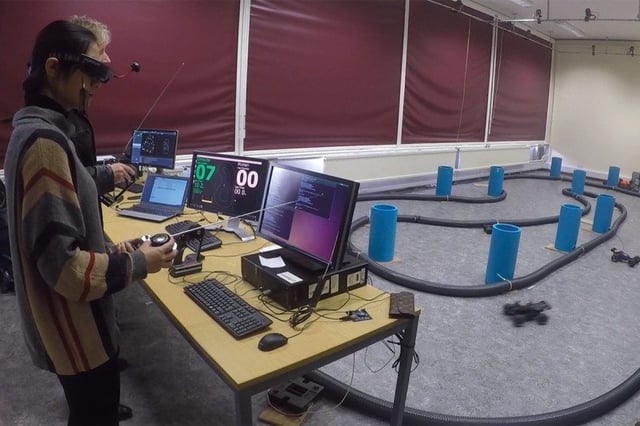
The arena has 26 infrared cameras that track movements at a rate of 250 times a second, allowing the competing systems to know the precise location of the robot they are controlling at any given time.
The systems that do well will need skills that are in high demand in everything from video games to autonomous cars.
The idea is to use robot games to develop AI systems with more general capabilities. Plenty of AIs excel at very specific tasks, like beating a human at chess or recognizing a car in an image, but they fall to pieces if asked to do something outside of their training. An ability to adapt is especially important for systems with applications in real-world environments, where situations are often unpredictable.
The program is expected to begin in August 2017.
Happy Anniversary, Spirit! Mars Rover Landed 13 Years Ago Today (Space.com)
January 3rd saw the 13th anniversary of the Spirit Mars rover's landing on Mars.
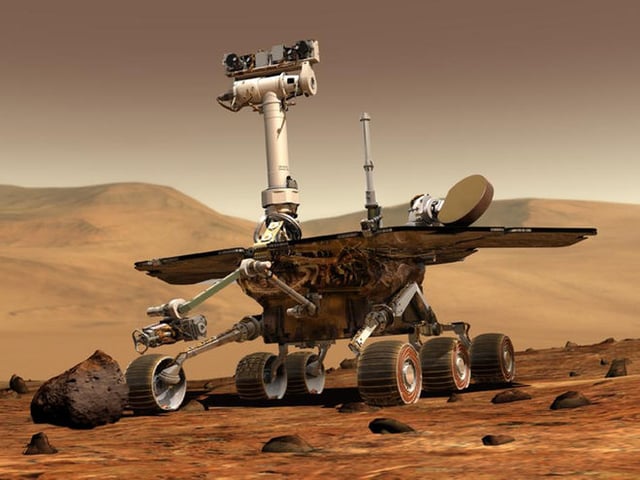
Spirit landed on the night of Jan. 3, 2004, and its twin, Opportunity, followed three weeks later. The two MER rovers were tasked with hunting for signs of past water activity near their touchdown sites, which were in very different parts of the Red Planet.
That search was initially supposed to last just three months, but both Spirit and Opportunity kept chugging along for years. Spirit finally got bogged down in soft Martian sand in April 2009; as a result, the rover wasn't able to re-orient its solar panels to track the sun through the harsh Red Planet winter, and Spirit essentially froze to death, NASA officials have said.
$975,000 Grant Will Help Scientists Employ UAVs to Improve Wheat Breeding (High Plains/Midwest AG Journal)
The United States' National Institute of Food and Agriculture has awarded $975,000 to Kansas State University for work that incorporates unmanned aerial vehicles in the process of breeding better wheat varieties.
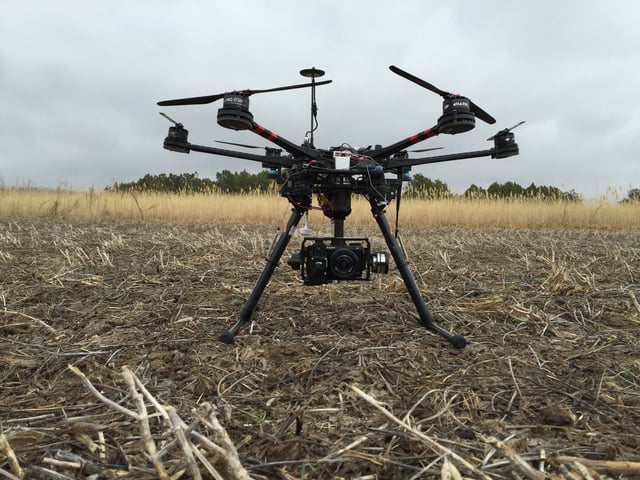
“Perhaps the greatest bottleneck currently in plant breeding and genetics is effectively generating precision measurements of plant characteristics in the field,” said project director Jesse Poland, assistant professor of plant pathology and agronomy at Kansas State University.
“The goal of this project is to deliver in-season yield predictions by building models that combine genetic information from DNA sequencing and crop physiology that we will gather from UAV measurements on tens of thousands of breeding lines.”
2016 Best Year Ever for Funding Robotics Startup Companies (The Robot Report)
It was a busy and abundant year for seed, crowd, series A,B,C,D and VC funding of robotics-related startups. 128 companies got funded, some multiple times. $1.95 billion, 50% more than 2015 which was also a phenomenal year with over $1.32 billion funded.
I'll be back next week with more of the latest news in robotics and AI. Until then, hope you enjoy these videos and links!
And Finally...
Amazon’s robot workforce grows by 50pc in just one year (Silicon Republic)
Novel hardware-based modeling approach for multi-robot tasks (ScienceDaily)
Finland to give citizens universal basic income because of robot invasion (Robotics & Automation News)
What Were the Top 10 AI and Robot Stories of 2016? (Robotics Business Review)
Midea's Acquisition Of Kuka Gains Full Approval (ChinaTechNews)
Killer robots await Trump’s verdict (Politico)
BBC series uses robot creatures to document secret lives of animals (The Guardian)
Should CES be smarter? (Asian Robotics Review)
Caring Cyborgs (Asian Scentist)
Foxconn boosting automated production in China (DigiTimes)

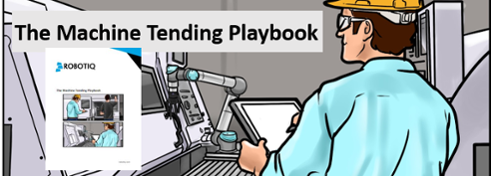
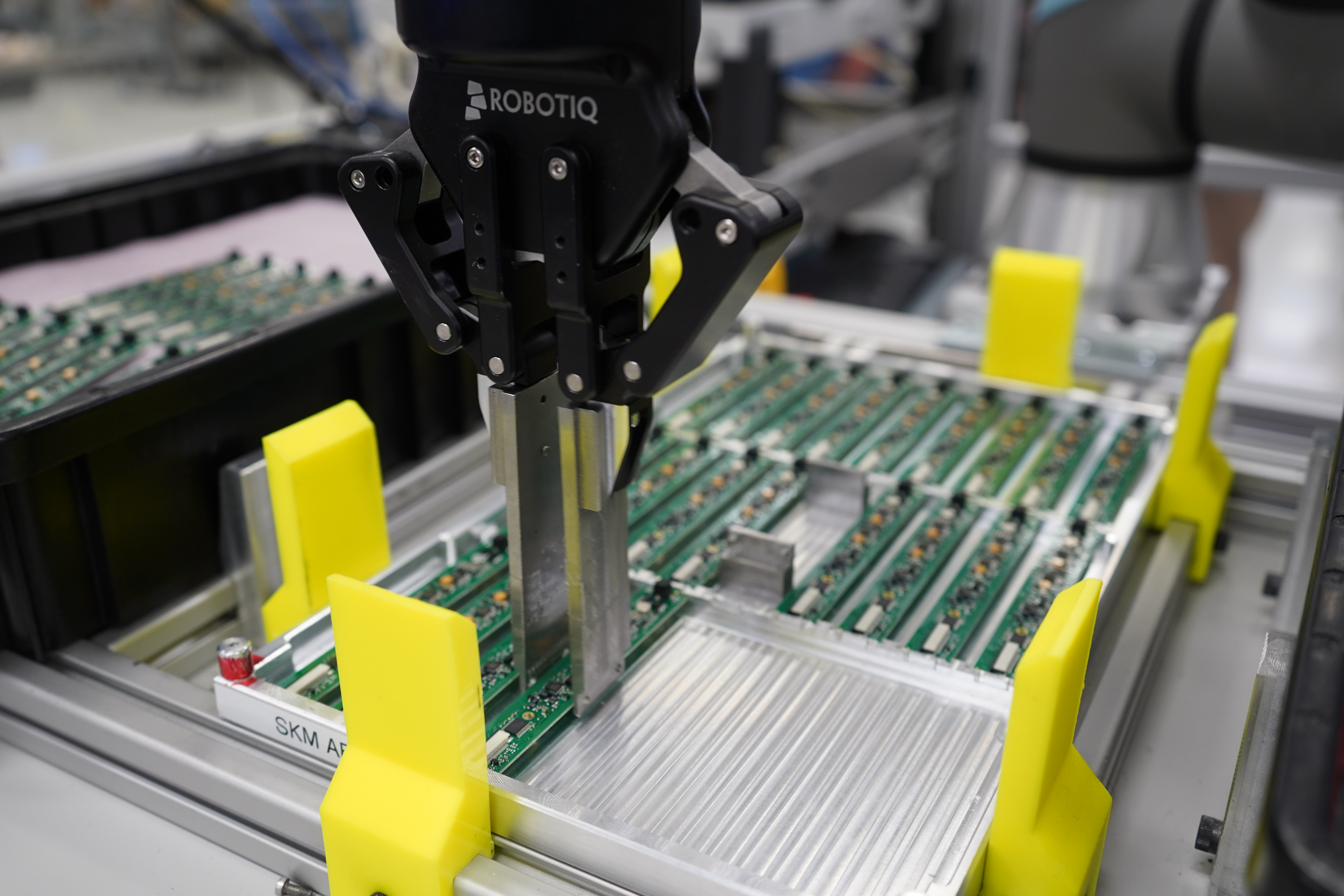

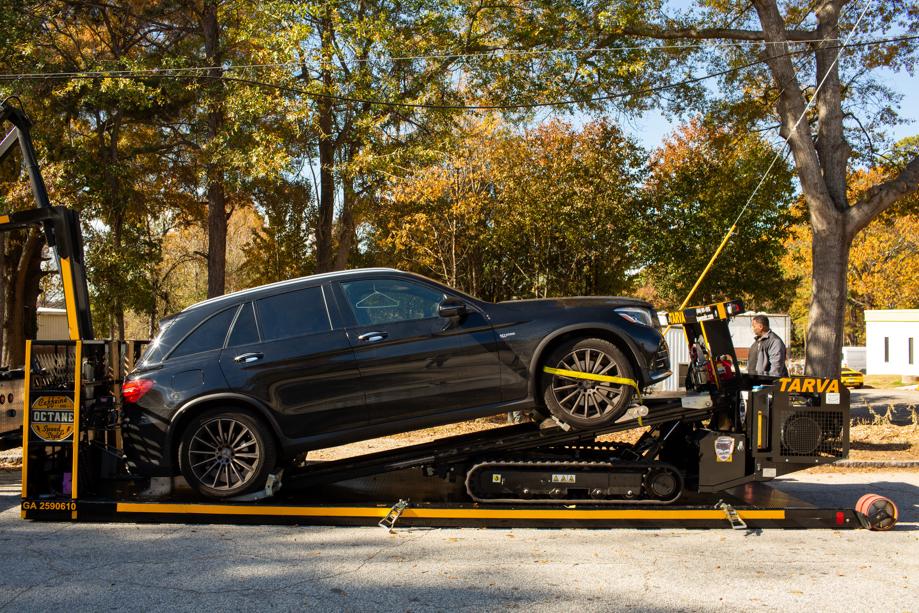
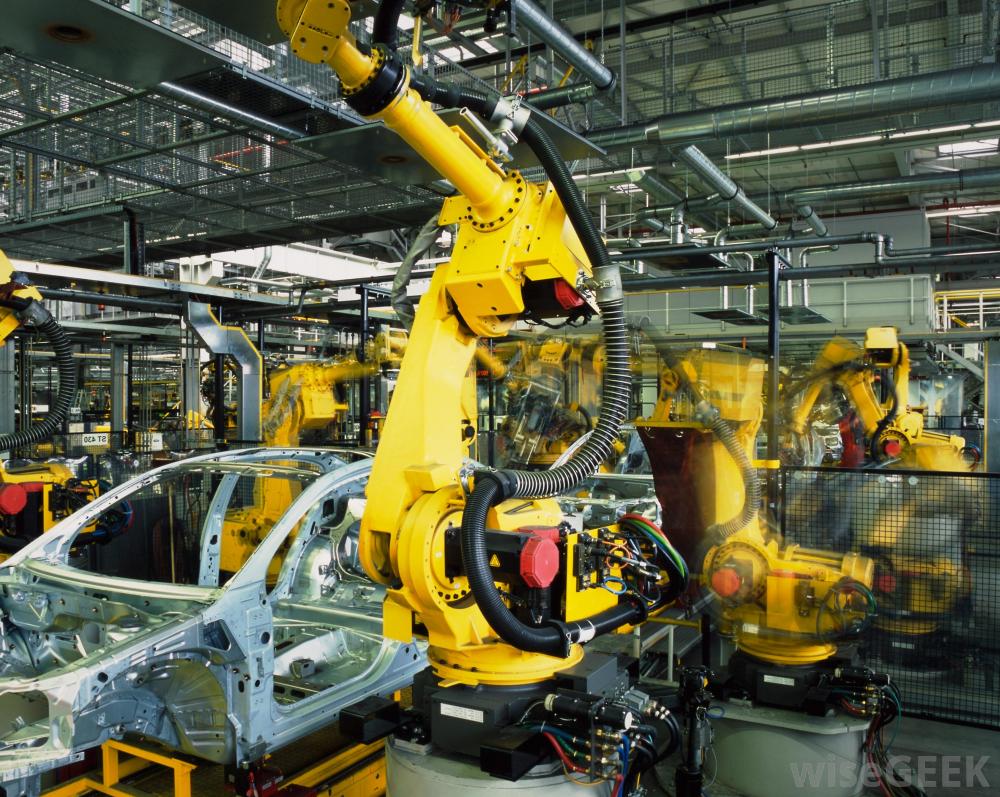


Leave a comment